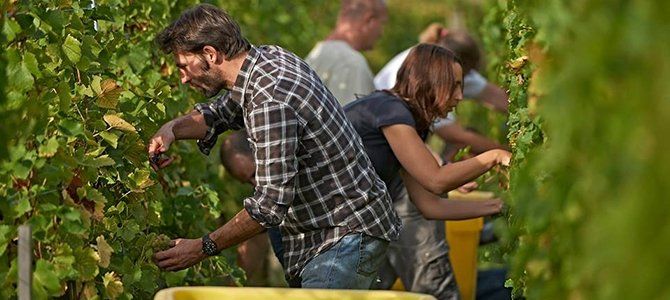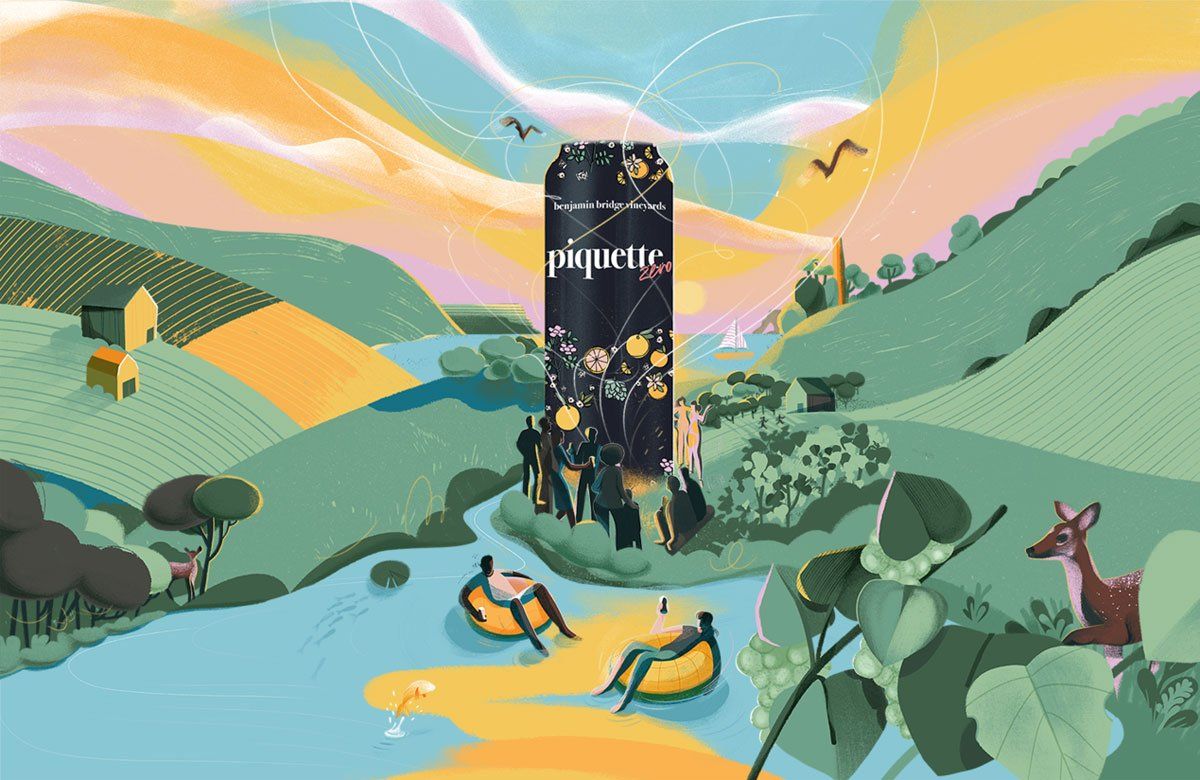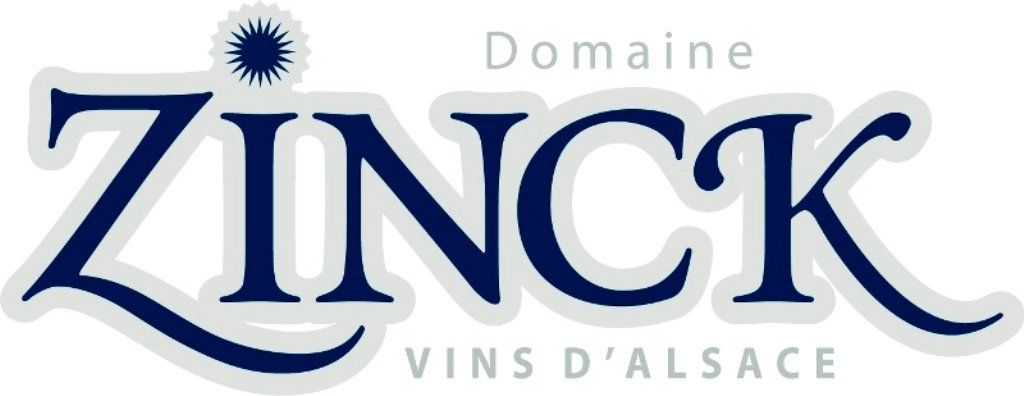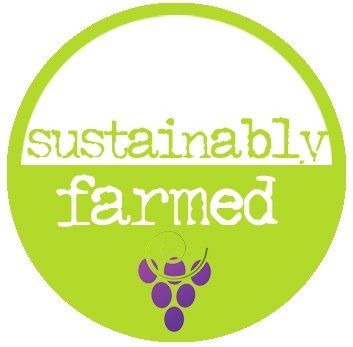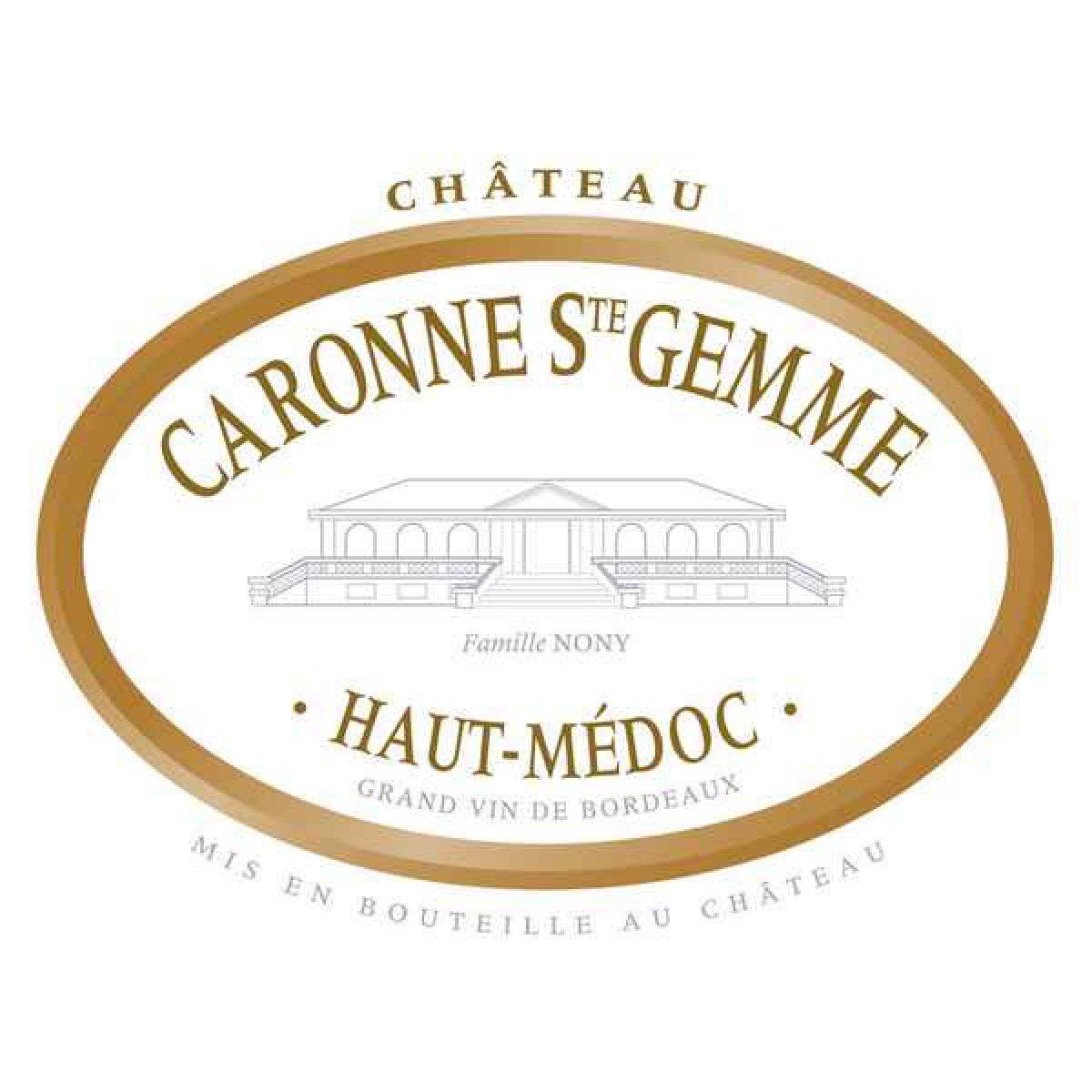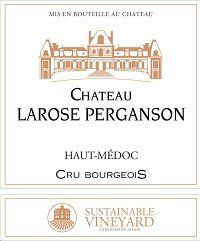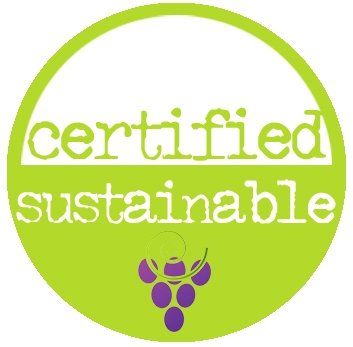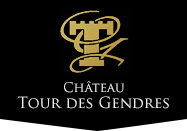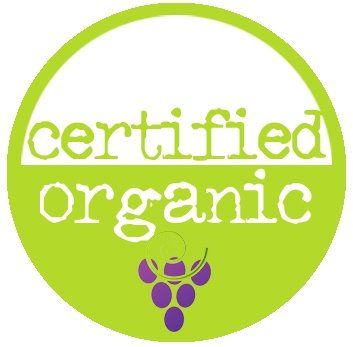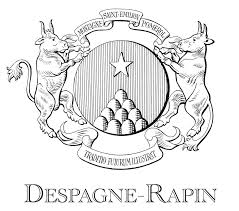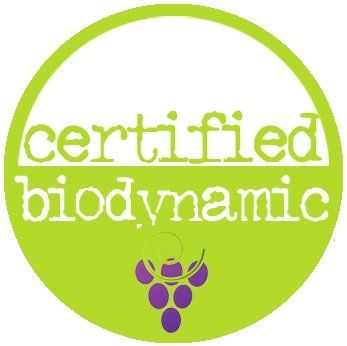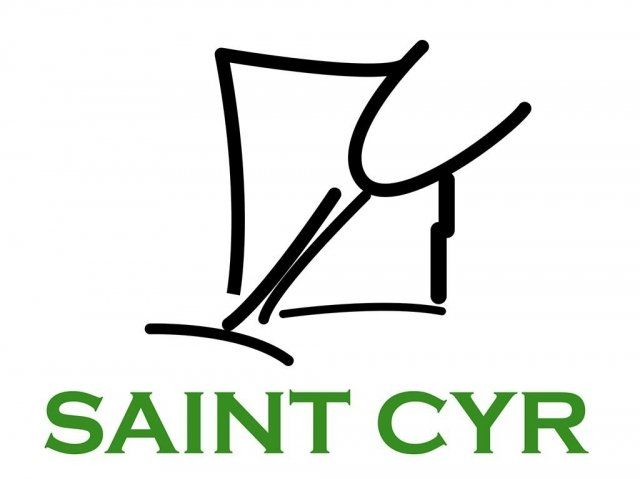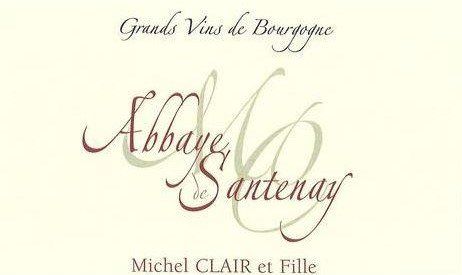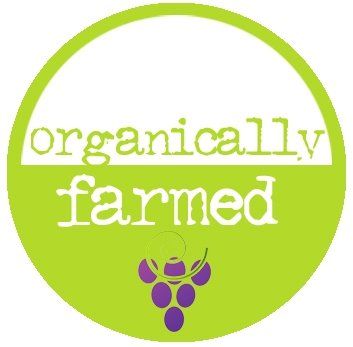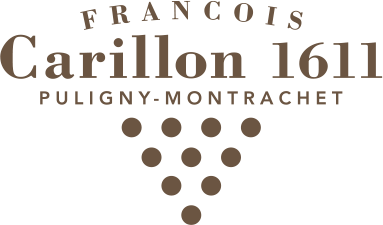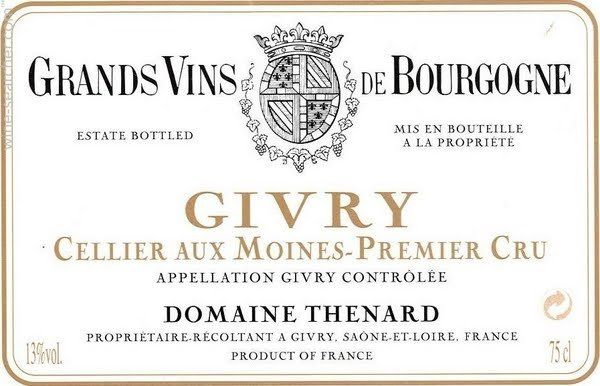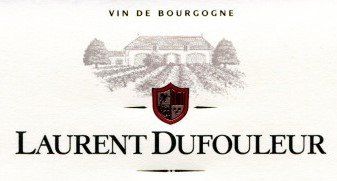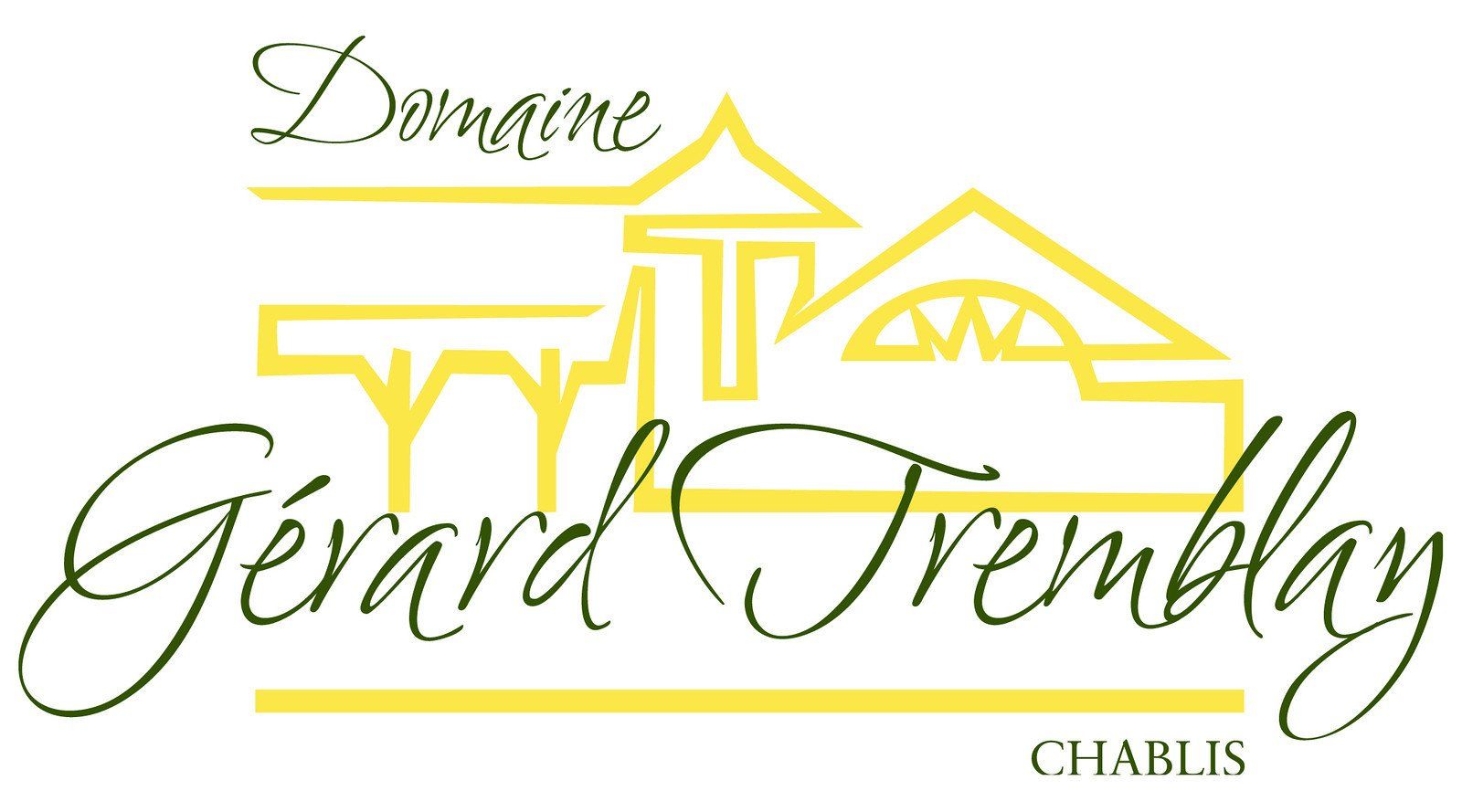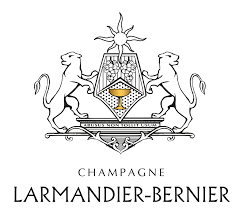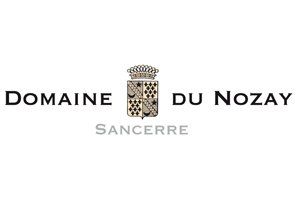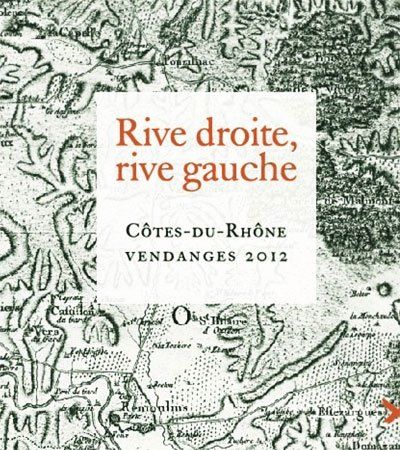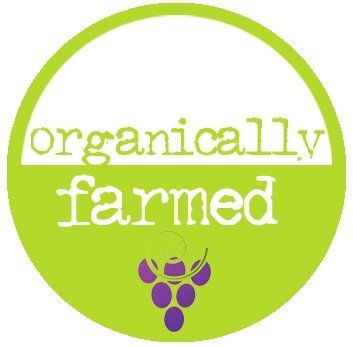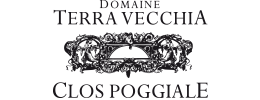france
alsace
Domaine Paul Zinck is a family owned winery in the small Alsace village of Eguisheim, just south of Colmar. Sheltered by the Vosges mountains, the climate is semi-continental, quite sunny, temperate and dry.
Respect for the environment is part of the ethic of the Zinck family. For that reason, the winery is heading progressively towards organic agriculture on nearly all of the surface area. Today, the vines are grown respecting a belief in sustainable production, along with organic and biodynamic agricultural methods. In the Vineyard, the growth of natural grasses is encouraged in order to get the deepest root growth from the vines and also to deal with extreme weather conditions. The expression of the soil and the flavours it provides is optimal.
Today, the winery, headed by Philippe and his wife Pascale covers 20 hectares and produces three complete ranges of wine, all regularly awarded by the professionals: the Portrait, Terroir and Grands Crus, topped off by the Crémant and Crémant rosé.
Region:
Éguisheim
Pinot Blanc
Alberta CSPC British Columbia CSPC > Tasting Notes
Riesling Alberta CSPC British Columbia CSPC > Tasting Notes
Pinot Gris Alberta CSPC British Columbia CSPC > Tasting Notes
Gewurztraminer Alberta CSPC > Tasting Notes
Pinot Noir - Portrait
Alberta CSPC
> Tasting Notes
Pinot Noir - Terroir
Alberta CSPC > Tasting Notes
Cremant d’alsace - Magnum Alberta CSPC > Tasting NotesClick on Province link to locate item in your region
bordeaux
Situated on a gravel plateau in Saint-Laurent-Médoc, Château Caronne Ste Gemme dates back to the mid 17th Century. The estate has been owned and guided by the Borie-Nony family since 1900. Current Director François Nony joined the family business in 1999 and succeeded his uncle Jean a few years later. The winemaking team is composed of the owner, Francois Nony representing the fourth generation, a cellar master, Bruno Guyomar and an oenologist, Olivier Dauga. The wine making follows very much the pattern of the "Grand Cru" chateaux. The grapes are destalked, then slightly crushed and sent into fermentation vats which are either stainless steel or cement with an epoxy coating and always thermo-regulated. The ageing of 12 month months is made exclusively in the 1,000 french barrels of 225 L., of which 25% are renewed each year. The wine is fined with egg whites and finally bottled at the vineyard 20 months after it is harvested.
Region: Haut Medoc
Chateau Caronne Saint Gemme
Alberta CSPC British Columbia CSPC
> Tasting Notes
Soil Type: gravel over deep clay and gravely sand with chalky clay. Average age of vines: 30 years Pruning: double Guyot Hand picking: 100% De-stemming: 100% Ageing: 12 to 14 months in oak barrels Age of barrels: between 40 - 50% new
The red-wine appellation of Haut-Médoc is home to some of the world's greatest wines. All the great communes of the Left Bank fall within its boundaries: Margaux, St Julien, Pauillac and St Estèphe, as well as the up and coming Moulis and Listrac. These are labeled under their own more illustrious and expensive appellation names.
Vignoble Responsable: Translates to "Sustainable Vineyard," and guarantees the right balance between quality, pleasure, and social awareness. It is granted after examination of all of an estate's practices and functioning, and paves the way for tomorrow's vineyards thanks to values and actions in favour of sustainable, reliable, and committed viticulture.
Region:
Haut Medoc
Chateau Larose Perganson Alberta CSPC British Columbia CSPC > Tasting Notes
Château Tour des Gendres is a household name found on virtually every fine wine-list in France, yet it is little-known in North America. The de Conti family has run the farm here since the early 1900s, but only in 1986 did Luc de Conti and his brother, Jean, decide to plant the vineyard and embark on a new adventure of viticulture and winemaking. In 1994, they became the first in the region to move away from pesticides and chemicals and turn to 100 percent organic farming.
This centuries-old stronghold of classic French food and wine culture is located on the bank of the Dordogne River, a 90-minute drive east of Bordeaux. The wines of Bergerac are often all but forgotten, thanks a host of confusing names and sub-zones, not to mention its proximity to Bordeaux. But persevere, and you’ll find some of the best value wine in France. The regionis known as the Périgord, but is often referred to as the Dordogne after its main river.
Region: Bergerac
Pétillant Naturel 70% Sauvignon - 30% Chenin Alberta CSPC British Columbia > Tasting Notes
With family roots going back three centuries, the Despagnes know a thing or two about Bordeaux. The estate as we know it today dates back to 1875 when vines were planted by the Constant-Pineau family, and it was replanted by Louis Rapin and expanded upon by Gerard Despagnes to its current size of 40 hectares, 32 of which are under vine. Nicolas Despagnes is now at the helm of the estate and has worked tirelessly to obtain organic certification (Agriculture Bio and BioCoherence in 2008 and 2010, respectively) and ultimately biodynamic certification by Demeter in 2013.
The vineyards, which average 45 years of age, mostly planted to old varieties of Merlot and the rest Cabernet Franc, are situated on the gentle slopes of the plateau in Montagne, Saint-Émilion, Pomerol and Libourne. The soils here are clay-based, and provide the best raw material possible to make the classic wines of the region. As previously stated the are farmed with the strictest organic principles, with harvesting done by hand.
Vinifications here are straightforward and no-nonsense compared to more “modern” estates in Bordeaux, with native yeasts carrying out all fermentations in tank before being racked into a combination of new and used oak barrels where the wines rest for up to 18 months depending on the cuvée. Very little sulfur is added.
Region: Montagne Saint-Émilion
Les Piliers des Maison Blanche Alberta CSPC > British Columbia
> Tasting Notes
Click on Province link to locate item in your region
beaujolais
The cuvée La Galoche represents the philosophy and approach of Domaine Saint-Cyr. The grapes come from a family plot planted in the 1960s and certified organic since the 2010 vintage. Unpretentious, but with the greatest respect for the environment and wine traditions of the region, this wine offers a lot of pleasure and satisfaction for the price. A true Beaujolais, in its purest expression! Raphael Saint-Cyr, fourth generation winemaker of the family, took charge of the vineyard in 2008 and began a new generation of dynamic and ambitious winemaking. Conversion to organic farming, longer on the lees aging (from 6 to 18 months), indigenous yeasts, and controlled extractions.
* Fun Fact: "Galoche" means "French kiss" in French slang.
Region:
Beaujolais
DOMAINE ST CYR "La Galoche" White (100% Chardonnay) Alberta CSPC British Columbia CSPC
> Tasting Notes
DOMAINE ST CYR "La Galoche" Rosé (100% Gamay) Alberta CSPC British Columbia CSPC > Tasting Notes
DOMAINE ST CYR "La Galoche" Red (100% Gamay) Alberta CSPC British Columbia CSPC > Tasting Notes
burgundy
DOMAINE DE L'ABBAYE DE SANTENAY
Domaine Michel Clair & Fille – This domaine was created in 1985 by Michel Clair who inherited from part of the family domaine (Domaine François Clair). Domaine François Clair was split into two (1 part was given to his son Michel and the other part was given to his son Denis). In 2001 Michel inherited from his uncle Louis Clair who had no children. A new domaine (combining the two structures) called Domaine de l’Abbaye de Santenay was thus created. Domaine de l’Abbaye de Santenay (of 14 hectares) is now run by Ludovic Pierrot. Ludovic and his team carry on the effort and maintain the vines in a rigorous way to obtain every year high quality fruits.The philosophy of the domaine is to get the best of the terroirs, respect nature and preserve the finesse of the wines. Biodynamic principles are here implemented. Grapes and viticulture are certified organic.
Region: Burgundy, Hautes-Côtes de Beaune
Bourgogne Pinot Noir Hautes Côtes de Beaune British Columbia CSPC
> Tasting Notes
Rouge 1er cru Clos de Tavannes British Columbia CSPC > Tasting Notes
Santenay Croix Sorine Alberta CSPC > Tasting Notes
Domaine Louis Carillon is perhaps the finest estate in Puligny-Montrachet, not surprising, as the Carillon family has been making wine in Pulingy since at least 1520. Few estates in Burgundy produce great wines as consistently as Domaine Louis Carillon.
The domaine is named after Louis Carillon, who oversaw the transition from selling in bulk to estate-bottling. Up until the late 1950’s, most the Carillon production was sold to merchants, and a small amount was reserved for private customers. The domaine was further extended when Louis married; his wife was from Chassagne-Montrachet.
The couple's sons, Jacques and François, continued in the family tradition, with Jacques making the wines and François looking after the vines. In 2009, the brothers decided to separate the domaine. The 2009 vintage was the last under the shared domaine, and 2010 was the first vintage where the wine was made in separate cellars.
Region: Puligny Montrachet
inquire for current releases
The Thenard family has owned land in Givry since 1760. For the past several decades their estate has sold most of its production to the Remoissenet. Wine had always been bottled under the Thenard label for private customers such as Charles de Gaulle and the Pope, but was not exported to North America under the Domaine label until 2005. They own 3 premier crus in Givry where they make both red and white.
The Givry 1er Cru are made in a traditional method. After stemming, the maceration takes place for about two weeks in wooden vats. Then the wine is aged partly in oak barrels (5% new oak) and partly in foudre for 24 months. Light filtration. Bottling in November 2014.
Region: Givry
1er Cru Les Bois Chevaux Alberta CSPC British Columbia CSPC
> Tasting Notes
1er Cru Clos St. Pierre
Alberta CSPC British Columbia CSPC
> Tasting Notes
The family company of L. Tramier et Fils was founded in 1842 by Louis Tramier. Situated in the village of Mercurey in the heart of the Burgundy wine region, the company is still owned and run by the Tramier family, with now over 170 years of passionate wine-making experience.
The company is both a négociant and vineyard owner, allowing the company to market a wide range of wines and presenting multiple benefits for clients.
The family owns vineyards from the appellations of Mercurey up to the Grand Crus of Burgundy.
Their wines are still produced in the estate's original buildings, overlooking the Mercurey vineyard, and our wines mature in vaulted cellars dating from 1830. They are the only Mercurey cellars to be entirely built in the rock face, thereby ensuring a constant temperature and exceptional aging conditions for all vintages.
Region: Bourgogne
Coteaux Bourguignons
Alberta CSPC British Columbia CSPC > Tasting Notes
Bourgogne- Hautes Cotes de Nuits
Alberta CSPC British Columbia CSPC > Tasting Notes
Mercurey Alberta CSPC British Columbia CSPC > Tasting Notes
Click on Province link to locate item in your region
chablis
Gerard Tremblay, assisted by his wife Helene, is 5th generation winemaker at this 34-hectare estate located in Chablis. Most of the vines are situated in the best premier cru and grand cru appellations and the wines are some of the most sought-after in the region. A meticulous winemaker working from a superb new winery, Gerard is renowned for drawing out the typicity of the various appellations and his wines are a true reflection of the terroir from which they come. While most of the wines are sold locally, a limited amount is exported and have deservedly drawn the attention of such notable critics as Robert Parker, Guide Hachette and Revue des Vins des France.
The entire winery works by gravity, avoiding unnecessary manipulations of the fruit or pumping of juices. Grapes are brought directly from the fields and put into pneumatic presses. The juice is then left to settle for more 12 hours before being stocked in stainless steel tanks with individual temperature controls.
Petit Chablis Alberta CSPC British Columbia CSPC
> Tasting Notes
Chablis Vieille Vignes Alberta CSPC > Tasting Notes
Chablis Premier Cru Fourchaume Alberta CSPC > Tasting Notes
Chablis Grand Cru Vaudesir Alberta CSPC British Columbia CSPC > Tasting Notes
Click on Province link to locate item in your region
champagne
Champagne Larmandier-Bernier is one of the true stars of the Côte des Blancs. Both the Larmandier and Bernier families have had a long history in the Champagne region, dating back to the French revolution, but it was not until the marriage of Philippe Larmandier and Elisabeth Bernier in 1971 that Champagne Larmandier-Bernier was established. The small house today is directed by Pierre and Sophie Larmandier, who own just under fifteen hectares in some of the finest villages on the Côte des Blancs: they are at the forefront of the recent movement towards 'Grower-Producers'.
Region: Côte des Blancs
Latitude NV - Extra Brut Alberta CSPC > Tasting Notes
Longitude NV - Premier Cru Extra Brut Alberta CSPC > Tasting Notes
Rosé de Saignee NV - Grand Cru Extra Brut Alberta CSPC > Tasting Notes
AVAILABLE IN ALBERTA ONLY
Click on Province link to locate item in your region
gascony
Stretching just southwest of Bordeaux – hence the name – to the Atlantic Ocean, and bordering the Pyrenees to the south, the South West is a varied terroir that offers a slew of grape varieties and wine styles. Colombard is the offspring of Chenin blanc and Gouais blanc and was traditionally grown for distilling into Congnac and Armagnac, and in Gascony for it's Vins de Pays. Gros Manseng is one of the key white grape varieties from the Jurançon region.
Cuvée Marine Alberta CSPC British Columbia CSPC > Tasting Notes
La Vie en Rose Alberta CSPC > Tasting Notes
loire valley
Le Nozay is a 17th century small chateau, close to the village of Sainte Gemme-en-Sancerrois, north of Sancerre. Acquired by the De Benoist family at the end of the 19th century, the area became a vineyard in 1971 when Philippe and Marie-Helène decided to plant vines. Today, 15 hectares of Sauvignon blanc surround the castle. This isolated and preserved environment is an exception in the Sancerre region.

FOLIUM - In 2009, the classification which is a step of from Vin de Table and carries a geographic designation of origin, was replaced by the new Indication Geographique Protégé, or IGP. The Val de Loire is France's leading producer of white wines. The best known Sauvignon Blanc from this region comes from Sancerre and Pouilly-Fumé, but there are many other excellent small producers from the region.
Fragmentation of production in Val de Loire has long been a challenge to bringing these wines to the international market, with many growers owning a few hectares here and there. With some 1,700 growers of Loire Vin de Pays wines, it is really only the negociants, who buy fruit from many growers, who can bottle significant volumes of wine under one label.
FOLIUM Sauvignon Blanc Alberta CSPC British Columbia CSPC > Tasting Notes
FOLIUM Sancerre "Le Haubette" Alberta CSPC British Columbia CSPC > Tasting Notes
Click on Province link to locate item in your region
provence
Click on Province link to locate item in your region
rhone valley
Wines have been produced in the region since pre-Roman times, and those from the right bank were the favourite wines of kings and the papal community in Avignon at the time of the schism.
In the mid 17th century the right-bank district of Côte du Rhône had issued regulations to govern the quality of its wine and in 1737 the king ordered that casks of wine shipped from the nearby river port of Roquemaure should be branded with the letters CDR to introduce a system of protecting its origin. The rules for its Côte du Rhône thus formed the very early basis of today's nationwide AOC. The name was changed to Côtes du Rhône when the left-bank wines were included in the appellation some hundred years later.
Côtes du Rhône British Columbia CSPC > Tasting Notes
southern france
Click on Province link to locate item in your region
Located in Boutenac, just south of the village of Corbières in the Languedoc region, Ollieux Romanis is now one of the largest privately owned wineries in Corbières, spanning some 130 hectares, which has belonged to the same family since 1860. "Les Ollieux" is the name of the few remaining olive trees next to the cellar, which were far more numerous before the frost of 1956. The ancestors of the actual owners chose the olive tree (also known as the poet's tree) as the emblem for the estate.
It is with the settling of the Bories family at Les Ollieux in the mid-19th century that major irrigation work was performed on the property. The wine and aging cellars were built in 1896 using original stone from the estate's quarry. The family's dedication to the estate, and skilled utilization of both traditional and modern techniques continues to contribute to the production of a portfolio of superb wines.
Region: Corbieres
Classique Rosé Alberta CSPC > Tasting Notes
Classique Rouge Alberta CSPC > Tasting Notes
Prestige Boutenac Alberta CSPC British Columbia CSPC
> Tasting Notes
Terra Vecchia translates to "Old Land" in Corsican, and is apt for this vineyard which has seen wine and agricultural activity for over 2000 years. Young winemaker and passionate grower Jean Francois Renucci is working to rehabilitate this plot of land, ideally situated for quality wine production, near the marine lake Diana and not far from the mountains, both of which help protect the vineyards from the extreme heat.
Region: Corsica
Rosé - Nielluccii, Syrah, Merlot Alberta CSPC British Columbia CSPC > Tasting Notes
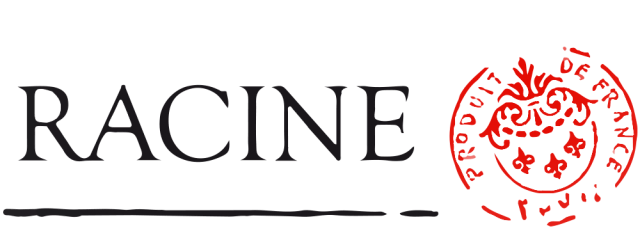
One of the more inventive vintners in the Languedoc is former Burgundy winemaker Bruno Lafon. Lafon moved to the Languedoc in 1998 to start his own winery, Domaine Magellan.
“We have great terroir in the Languedoc, but we are young—it took 1,000 years for regions like Burgundy to become what they are today. We in the Languedoc should make good wines that are good values as well,” Lafon says.
Partnering with Francois Chamboissier with his many years of sales in Champagne and Rhone, the duo have created Nos Vins du Sud, dedicated to the best winegrowers and the best grapes throughout the region.
Region:
Languedoc
Rosé - Cotes du Provence Alberta CSPC > Tasting Notes
Minervois
Alberta CSPC British Columbia CSPC
> Tasting Notes
Cotes du Rhone Alberta CSPC > Tasting Notes
Pinot Noir Alberta CSPC British Columbia CSPC > Tasting Notes
Click on Province link to locate item in your region



